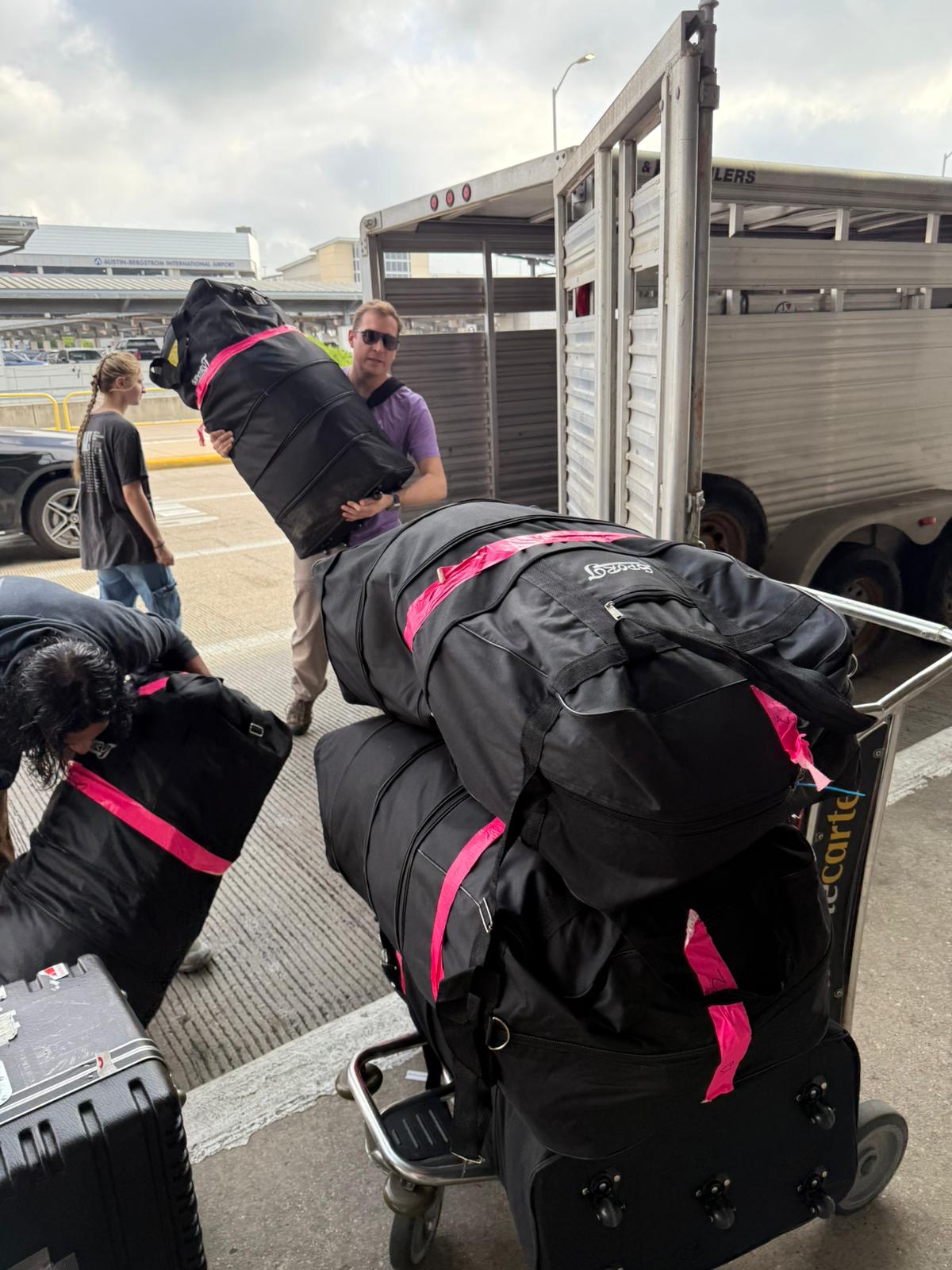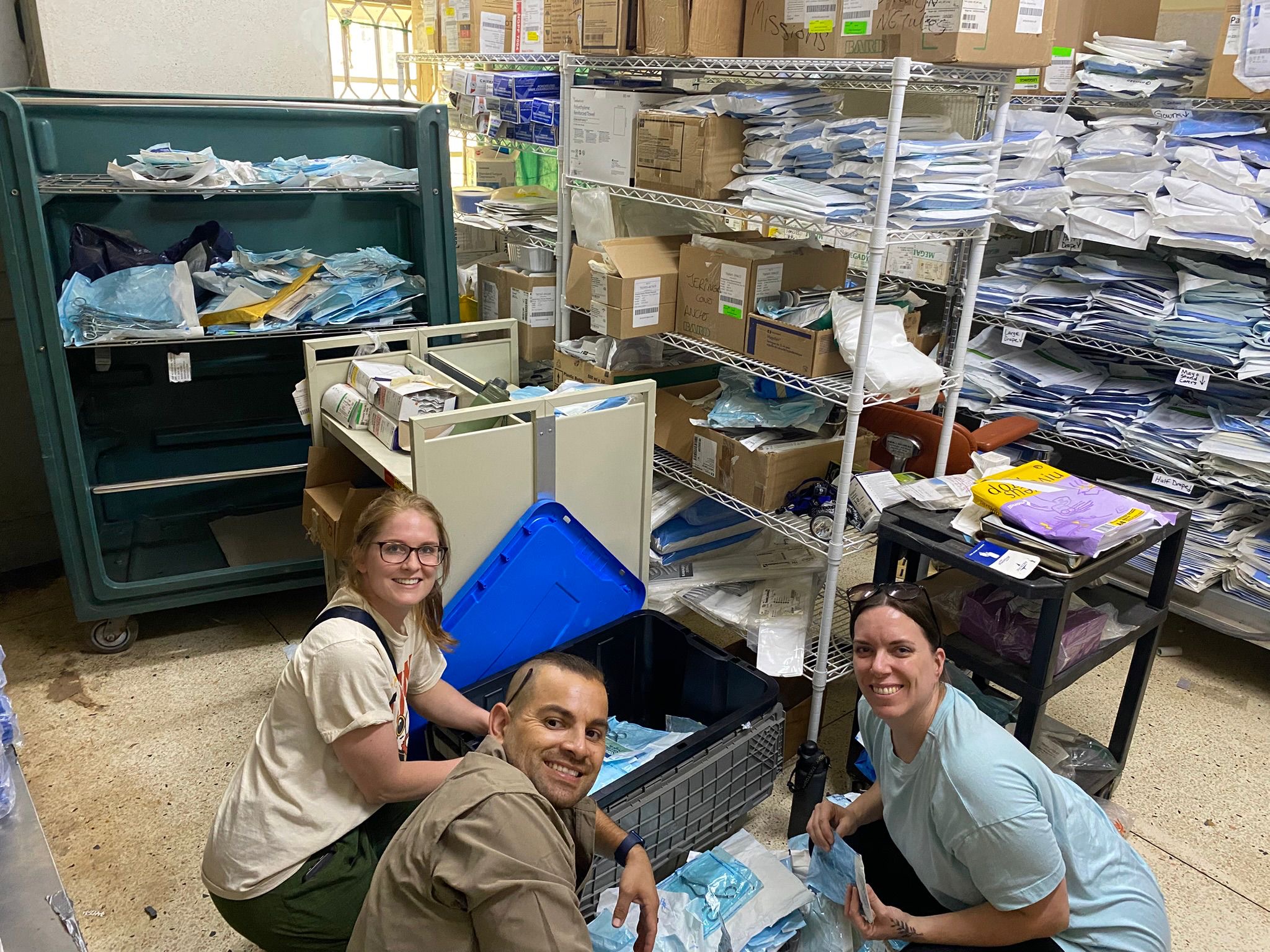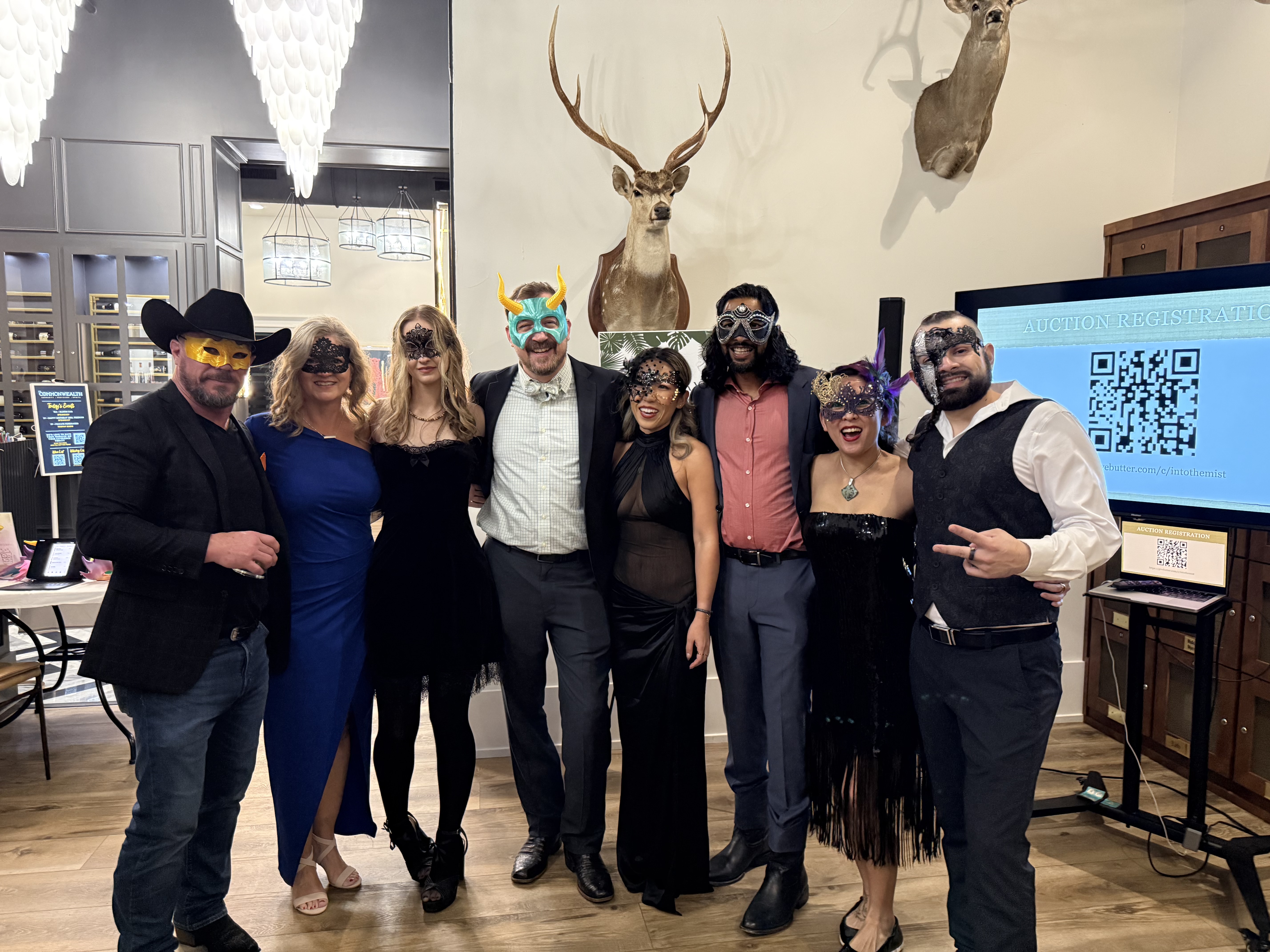Building a Medical Mission Team: Heart of Texas Leader Shares Stumbles, and Success
November 11, 2025
This blog was written by Team Heart of Texas co-leader Evan Longfield, MD.
“All our volunteer medical teams are full, but we need more teams. You should just start your own!” As we finished our first zoom call with Dr. Medhat Allam the founder and head of OI, Kati and I looked at each other. What had we just gotten ourselves into?
A little over a year ago my colleague, Kati Davenport, MSN, ARNP-BC, and I set out to find volunteer opportunities for Ear, Nose, Throat (ENT) surgery. Kati, an experienced nurse practitioner, had spent the last two summers in Peru doing family medicine outreach both in Cusco and the Amazon Jungle. After 8 years building my ENT practice I was ready to look outward and return to the spark that ignited my passion for medicine: humanitarian medical missions. When I was a teenager, my physician parents (an infectious disease doctor and preventive medicine specialist) dragged my brothers and me halfway around the world to the Kenyan Maasai Mara to work in a bush clinic for three weeks. That experience was transformative, as I saw how even the simplest medical intervention can change peoples’ lives. That service trip also showed the incredible scale and need we face in overcoming health disparities.
Years later, as an attending surgeon, I sought to find a supportive organization I could partner with for the next chapter of my career. Having found this partner in Operation International, I learned of the tremendous need for head and neck surgery in Rakai, Uganda due to endemic iodine deficiency. The opportunity to improve hospital infrastructure and the challenge to bring modern surgical techniques to a region that was often underserved both challenged and excited me.
Building a team
A surgeon and a nurse practitioner, sadly, cannot accomplish a successful surgical mission on their own. Our first task was finding medical volunteers willing to sacrifice their vacation days and precious time with their families to travel overseas as medical volunteers. Most individuals working in healthcare are compassionate and will express openness to foreign humanitarian medical work. However, it is the individuals who respond with an enthusiastic “YES!” who make the best recruits. Thankfully, we found early volunteers to jump onto the team and to work hard getting our fledgling mission off the ground.

Dr. Ryan Raju, an accomplished head and neck surgeon, joined me to co-lead the mission. He brought key volunteers with him: Holly Pham, CRNA, and her husband, Frank Ruiz, scrub technician; Chelsei Anderson, scrub technician, and two ENT chief residents, Dr. Maddy Buras and Dr. Travis Denna. My colleagues stepped up as well. Troy Stevens, CRNA, joined us to lead our anesthesia members. Crystal Ike, CRNA, brought her passion to return to her home continent and give back to underserved communities.
Operation International supported us by providing seasoned volunteers in nurse Lisa Naz, and general surgeon Dr. Joseph Lewis. With multiple missions between them, they played a critical role in working with our local doctors and volunteers and navigating the quagmire of obtaining visas, soliciting donors, and procuring medical supplies. Lisa knew the local healthcare workers in Rakai, as well as the ins and outs of our work in that space. She graciously prepared our volunteers with her own information and learned experience.
Learning to fly while building the plane
Within 10 months, from founding our team to completing our first mission, we were on a race to learn how to put a team together and gather medical supplies and funding. Operation International was stalwart in backing our mission and provided key support and funding where needed. Learning what resources were available to us took time, effort, and a lot of luck. Medical device representatives recommended grant opportunities with Medtronic, which netted us two nerve monitors and supplies to improve the safety of our thyroid surgeries. Baylor Scott and White Hospital System provided charity support to its employed members by funding travel grants which defrayed costs.

Dr. Joe Lewis’ connections to a hospital in Houston provided critical supplies. My brother, Colin Longfield, generously drove a U-Haul trailer four hours to deliver a tremendous amount of medical supplies. A faith community in Kentucky and their volunteers drove two days to central Texas to deliver handmade clothes for orphan children supported by the charity. We were continually humbled by the generosity of those around us willing to fund our medical mission trip.
A trip fueled by Rock Boom

With the arrow launched, we were on our way to Uganda. After 30 hours of travel, we landed in Entebbe. As we proceeded through customs, I asked Lisa, our veteran nurse, if we should expect any trouble. She reported that OI had never had any issues with getting supplies in the country. Tragically, we were the first team to run afoul of the National Drug Authority. Forty of our 44 bags were confiscated out of concern that we were bringing expired medical supplies into Uganda. Our letter of invitation from the Ministry of Health was no use. Somewhat deflated, we continued through a harrowing six hour drive from Entebbe to Rakai. We stopped for snacks and discovered our favorite delicacy: “Rock Boom,” the local Ugandan energy drink.

Energized, we made it to Rakai and were greeted by our patients, many of whom had waited for us by sleeping out under the stars on the hospital grounds. We assessed the capability of Rakai General’s meager surgery suite. Troy, Holly, and our anesthesia crew resurrected several anesthesia machines and “MacGyver’ed” exhaust systems to get us functional. We reviewed the sets and equipment Frank and Chelsie built seemingly out of nothing. The team worked so hard to enable us to do several cases on our first day. Without most of our packed equipment, we pivoted to performing surgery on other head and neck masses, including several complex pediatric congenital tumors. Thankfully, after reaching out to the U.S. embassy, we were able to get the remainder of our confiscated equipment on our second surgical day. This allowed us to proceed with our numerous thyroid cases.
A team forged by Afrobeats

Shared adversity can form bonds like no other. Our mission was certainly not without challenges, but it brought our team together. As members went from meeting each other to relying on one another, the team developed its identity as Team HoT (Heart of Texas). Relishing the challenge and seeing good outcomes for our patients, this group of talented individuals became a force to be reckoned with. Our team members’ lack of complaints about the cold showers, loud music at our hotel that went on all night, or the repetition of local meals still leaves me humbled. Our volunteers sacrificed their vacation days and gained lifelong friends and partners in service.
As we debriefed from our mission this year, the team overwhelmingly voiced a desire to return to East Africa and build on the successes of our first humanitarian mission. We are thrilled to have secured five anesthesia machines from my hospital, Seton Medical Center in Harker Heights, which will be donated to the local hospital in Rakai. Additionally, our team, with support from friends, family, and community partners, held our first annual central Texas gala and fundraiser. We raised over $19,000 in donations to fund logistics and supply transport for our mission in 2026. We can’t wait to expand our impact in East Africa and are once again working towards our next adventure with Operation International.







